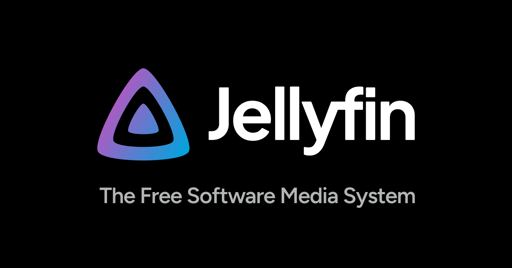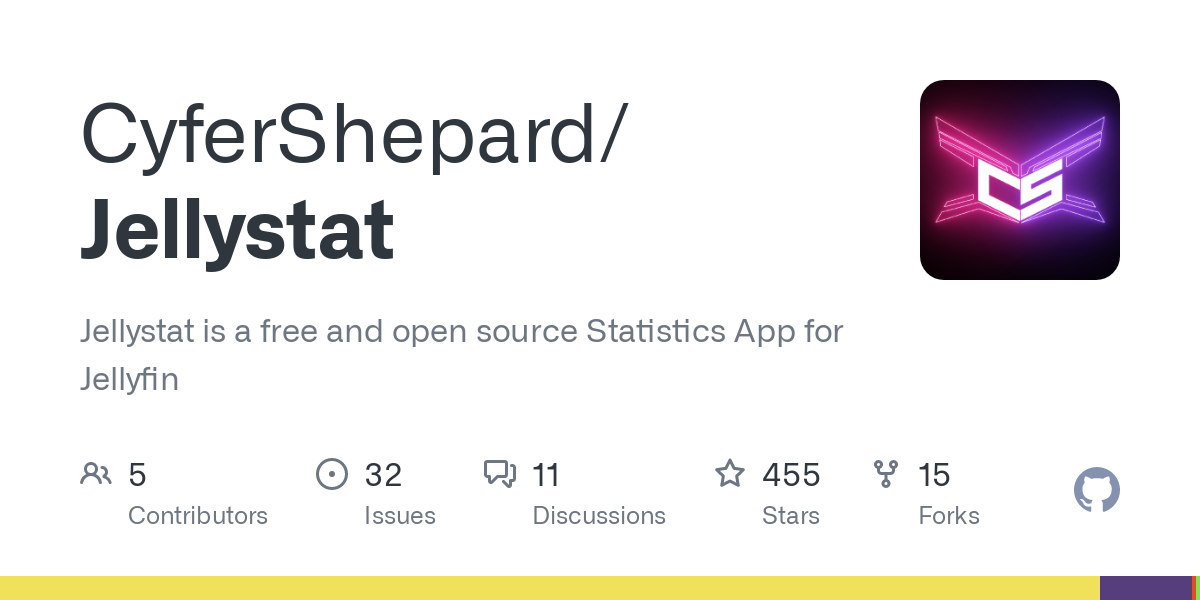- 4 Posts
- 84 Comments

 1·1 month ago
1·1 month agoPlease put this info on github issues for their to see

 1·4 months ago
1·4 months agoAny idea if gluetun does this by default? A popular setup is setting the network mode on the application docker to the gluetun service and then gluetun itself says it has a killswitch built in. I assume they did that well since its very popular and this is pretty much the main purpose of the container.

 1·6 months ago
1·6 months agoHow does your create account system with invite codes work? Is jellyfin tied to another system for account management?

 5·7 months ago
5·7 months agoDoes anyone know if these laptops can go into deep sleep correctly on linux / fedora?

 2·8 months ago
2·8 months agoI use vlc, it scans the entire device and shows all downloaded media, after I watch something I just delete it using vlc.
Findroid works if you want it all integrated but I haven’t tried it yet
I didnt even remember which os I had until I read this and remembered it was aurora
Does this work with WhatsApp groups chat?

 1·1 year ago
1·1 year agoCan AUR be used by other distros like Debian or fedora?

 16·1 year ago
16·1 year agoThis is a deep sleep issue. A google search will show that many modern processors can’t actually deep sleep (S3) and therefore the only option is to hibernate or shut it off.
To find out if you can, sleep the computer, wake it up then run:
journalctl | grep S3There should be a line about what type of sleep is available and another line about what type of sleep your computer was just in.
If S3 is not listed as an available sleep mode you might get lucky and be able to turn it on in the bios. If you can’t then you are out of luck.
Since I use fedora atomic, I used this to turn on deep sleep:
rpm-ostree kargs --append="mem_sleep_default=deep"On non atomic I forget exactly how but I think this is the way: https://unix.stackexchange.com/questions/720514/cannot-write-into-sys-power-mem-sleep-in-fedora-36
If you are into self hosting already, you run a calibre web instance then you can enable full integration with the kobo so Your own self hosted eBook repository becomes the ‘store’ on the kobo.
https://brandonjkessler.com/technology/2021/04/26/setup-kobo-sync-in-calibre-web.html
I use it like to to get access to all my ebooks
If you don’t already do any self hosting, then it can take a while to get the foundation of your server setup. I already had that setup so this took less than an hour for me.
You can even self host a calibre web instance and have it fully integrated/replace the kobo store on the device
Kobo OS let’s me completely replace their store with a self hosted calibre-web instance for 100% DRM free ebooks.
Its fully integrated and organized exactly how I want
I also would like to know what the desktop app is used for?
I’ve seen apps like xpipe that have direct Bitwarden integration if you want (way too high risk for me but I can see some people using it), but even then it integrates directly to the servers API. When I need an ssh password or something I copy and paste it from the browser extension. I’m curious if I’m missing some functionality by not using the app.

 3·1 year ago
3·1 year agoIts just another part of the puzzle you have to figure out.
When I first started, getting my reverse proxy, port forwarding, domain name etc working and debugging the issues took a lot of time and learning.
Certainly doable but will just make things harder

 5·1 year ago
5·1 year agoTo be fair i really like having a separate nas to my main docker/proxmox applications server. It allows me to mess around with my services or restart the system while not having to mess with the more sensitive spinning drives or important services like pihole.
Also gives me a nice method for local backup in 3-2-1 method.
That being said, I wouldn’t recommend this for someone just starting out.
If anyone is wondering, I have the docker container itself mount the NFS share from the Unraid NAS. My docker server is all nvme ssds for things like the app itself and its config. Large data sets like photos and media are in the same via NFS.
Sonarr puts shows in
- show folder
- season folder
- show name - S01E01 - episode name.mp4
Check their website for migration info. There are some caveats in special circumstances but most people can just change the docker image from gitea to forgejo.
I did exactly that with no issues.
This is a good place to start to understand what you are doing: https://www.howtogeek.com/499623/how-to-use-journalctl-to-read-linux-system-logs/
But basically you shut the computer off, then on then do
journalctl -S -3mWill show the last 3 mins of logs which you can go through and try to read the logs up until the moment it actually turns off to see what is happening.





I don’t use tailscale but this doesn’t make sense.
If the only remote access is via tailscale then chromecast also has to be on tailscale, which isn’t easy to do.
To cast from your jellyfin to another tv, you need to setup a reverse proxy om your server to allow external access to jellyfin.
A lot of threads on jellyfin keep recommending tailscale which is easier to setup but more limiting.
I would recommend searching for tutorials about setting up a reverse proxy like caddy to NPM and then accessing jellyfin though a URL. That way you can give access to other people and also cast to a friends TV.
Same situation for things like immich if you ever want to share an album with a friend.